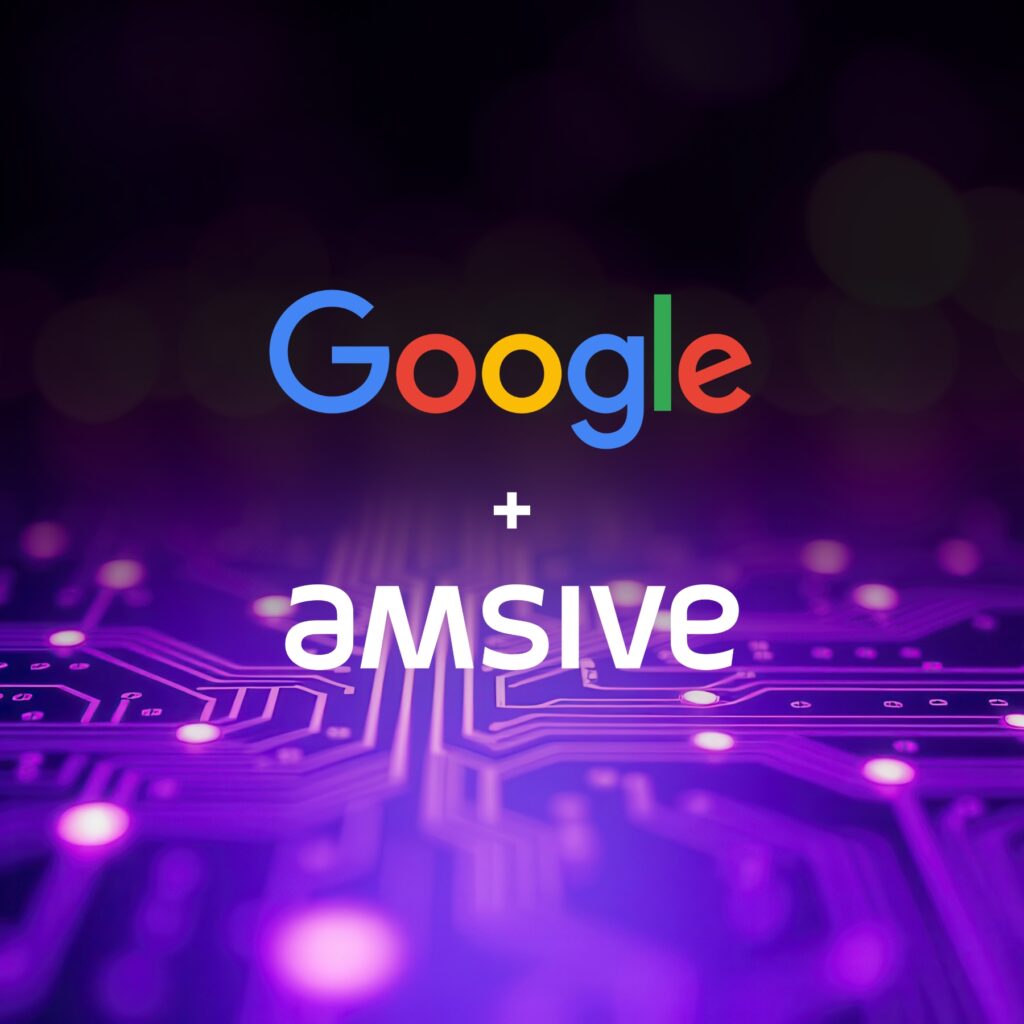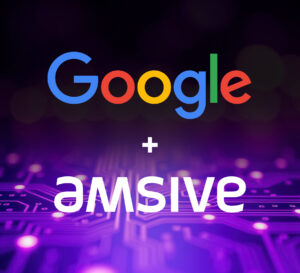This article was originally published January 22, 2024. It has been updated to include recent changes to Performance Max.
With the increase in display and video becoming part of the paid search landscape, advertisers can find it increasingly difficult to accurately attribute data. This challenge can be further amplified with products like Performance Max, a Google platform that pushes ads across all Google properties. While it limits brand control, it can increase overall brand visibility. However, the jury is still out on whether Performance Max actively competes with traditional search efforts.
Navigating the competitive terrain for engagement is already a complex endeavor, but an additional layer of intricacy arises when advertisers grapple with the potential competition against their own marketing initiatives. Jon Kagan, our director of Search and Media Strategy, took a deep dive into the real-time impacts of Performance Max on traditional search campaigns for Search Engine Journal.
Jump To:
What is Performance Max?
First introduced back in November of 2021, Google’s Performance Max is a goal-based campaign type that enables performance advertisers to access their Google Ads inventory from a single campaign. Performance Max (PMax) offers comprehensive reach, optimized performance, transparent, automated steering, and customizable goals. This campaign type also purports not to interfere with traditional paid search efforts.
Advertisers give PMax a budget and a goal (such as eCommerce orders or store visits). It will then use those two things, along with a week of algorithmic learning and optimization, to selectively place ads across Google, including Display, Email, Maps, Shopping, and Search.
How does Performance Max compete with traditional paid search?
Vying for impressions with your competitors can be tricky enough, but advertisers shouldn’t have to worry about competing for space against their own marketing initiatives. Despite the claims that PMax doesn’t have any impact on traditional paid search, there is an evident shift in click volume when PMax is on and when it’s off.
We helped a brand run concurrent campaigns with phrase match, exact match, and PMax, the performance was fairly mixed. Each of the campaign types ran different bid strategies, with the PMax campaign focused on a target return on ad spend. The other two campaigns were set to optimize bids based on target return on ad spend, and on max conversion value, respectively.
With PMax and search running in tandem, most impressions came from PMax, while most clicks came from search. Of the 99 conversions achieved during the seven days prior to turning off Performance Max, roughly 2/3rds of them came from the traditional search side.
When PMax was turned off and that spend was reallocated to the traditional paid search campaigns, search impressions increased by 67%, while overall clicks increased by 39%. Spend and CPCs also went through the roof without PMax enabled.

With PMax reactivated, overall branded search metrics saw a decline, showing a drop in impressions, clicks, and spend. With PMax thrown back in the mix, aggregate metrics improved—CPCs declined, impressions and clicks rose, and conversions increased by an astounding 91%.
What are the benefits of running Performance Max and search together?
Running PMax alongside traditional search campaigns can lead to holistic benefits. This includes better overall search performance, indicated by lower aggregate CPC and increased total conversions.

FAQs: Common knowledge gaps around Performance Max
Why should marketers avoid using blended reporting numbers?
Blended numbers combine all performance data, masking the true source of traffic and conversions. This can lead to overestimating campaign success or scaling too early without understanding what part of the campaign is effective.
How is Performance Max different from other campaign types like Search or YouTube?
Search and YouTube campaigns are more established and easier to measure at face value. Performance Max campaigns are more complex and require a granular look at data to truly understand performance, especially across multiple traffic sources.
Why is it important to distinguish between branded and non-branded traffic?
Branded traffic often includes users already familiar with your brand, while non-branded traffic involves new, cold audiences. Knowing the difference helps marketers understand whether their campaign is attracting new customers or simply retargeting existing ones.
What are the risks of scaling a Performance Max campaign too quickly?
If you scale without knowing what’s actually working—branded retargeting vs. new customer acquisition—you may hit diminishing returns. Without clear insight, scaling can lead to inefficient spending and limited long-term growth.
What are the recent improvements to Performance Max reporting?
Google has rolled out several updates to Performance Max reporting, giving advertisers greater transparency and control; however, the jury is still out on how much control and transparency we’ll be getting.
One significant improvement is the introduction of complete search term reporting, which finally allows marketers to see the exact queries driving traffic and conversions, which has been a critical piece of data previously missing. This will also help us to understand how search terms differ across regular search and performance max, giving us insight into overlap and incrementally.
Another important update is the addition of channel-level performance reporting, which sheds light on how each Google network contributes to overall campaign results:
- Breaks down campaign performance by Google network: Search, Display, YouTube, Gmail, Discover, etc.
- Helps advertisers see where their budget is going and which channels are driving engagement
- Addresses a major “black box” issue present since the launch of Performance Max
- Enables identification of strong-performing channels and new optimization opportunities
Google has also added asset-level reporting, which lets you evaluate the performance of individual creative assets like headlines, images, and videos. This will be incredibly useful for creative-heavy marketers, allowing them the insight to understand which assets to adjust, pause, or continue running.
Google has also promised improved audience insights, which will help marketers make much better-informed decisions. So far, the reports have shown interesting insights about who is clicking and their index compared to the rest of the US, such as demographics, interests, and in-market signals. This can help inform other pieces of your marketing mix to help balance and surround your most important audiences.
What should you keep in mind when integrating Performance Max into your multichannel marketing mix?
Performance Max isn’t a hands-off solution — it’s a powerful tool that demands strategy, testing, and critical evaluation. While its automation and cross-channel reach can elevate results, it still introduces attribution, visibility, and control challenges. But with smarter reporting and thoughtful integration with traditional search, Performance Max can unlock greater efficiencies and performance lift.
Here’s what to keep in mind:
- PMax does impact Search campaigns: It can shift impression and click volume, especially for branded terms
- Running PMax and Search together can boost performance: CPCs often decline, and total conversions may rise when both campaign types are activated in tandem
- Improved reporting is changing the game: Full search term reports, channel-level data, asset-level insights, and audience profiles give advertisers more levers for optimization.
- Avoid blended performance reporting: Break down campaign performance by channel and audience to discern what’s really driving results.
- Understand your traffic sources: Distinguishing between branded and non-branded clicks is critical for scaling the right audience strategy.
- Creative inputs still matter: With asset-level insights, you can now iterate on headlines, images, and videos that perform best
Are you considering testing Performance Max for yourself? Dig more deeply into Performance Max with the insights that we’ve shared in Search Engine Journal, or let’s talk about achieving more for your marketing—and your business.







